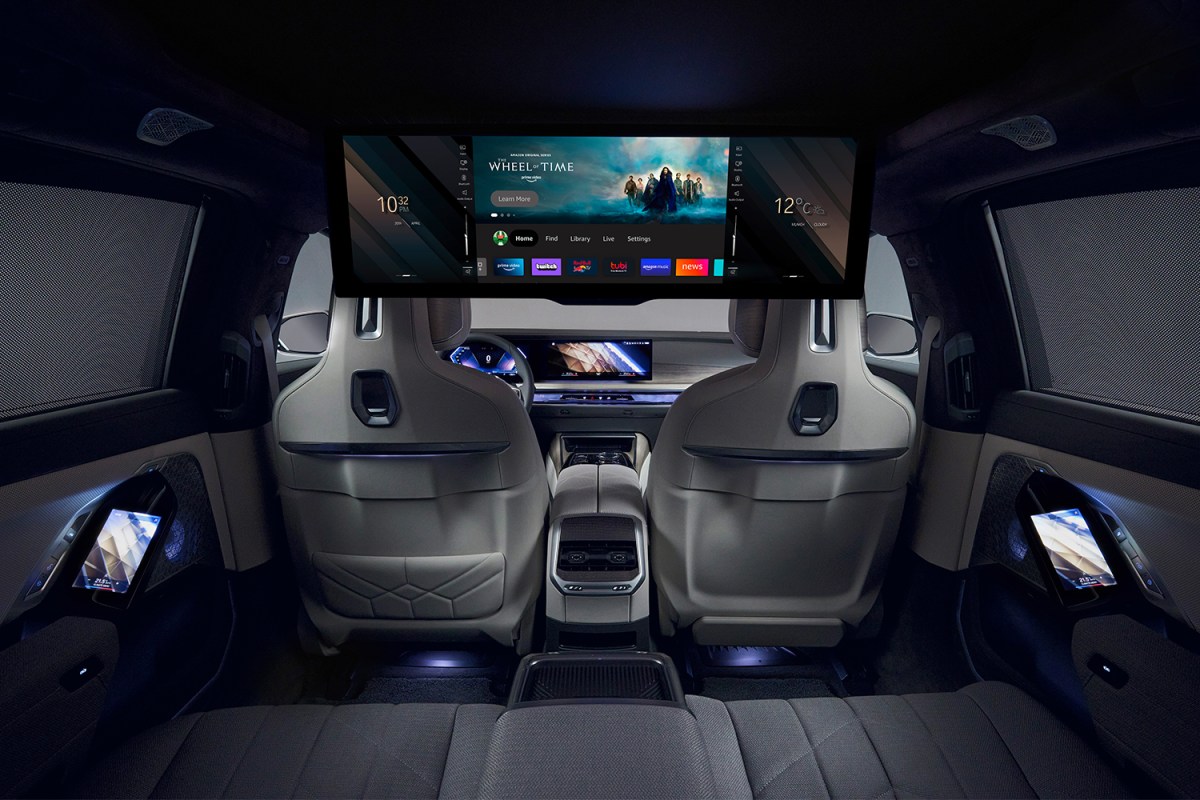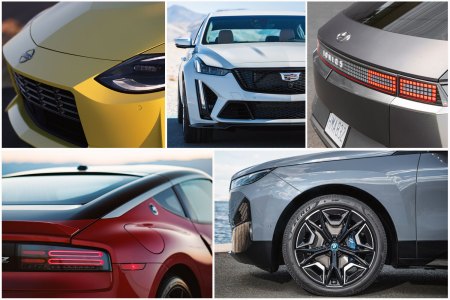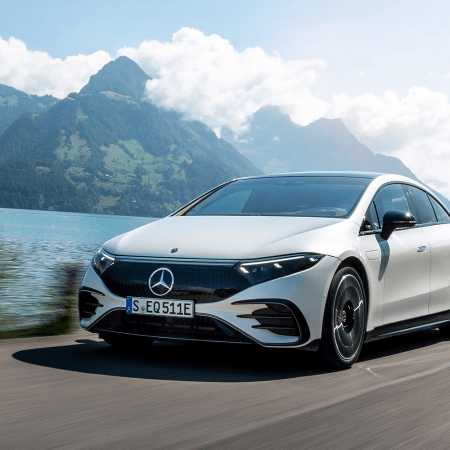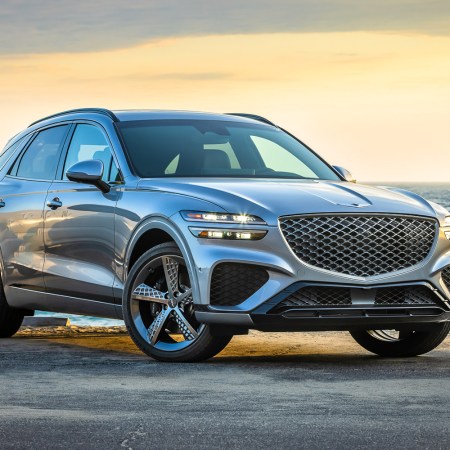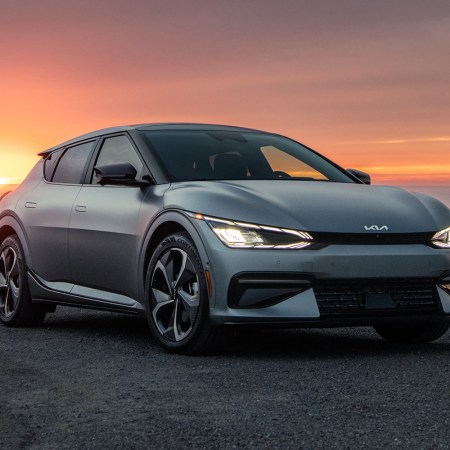As 2022 draws to a close, we are predictably inundated with best-of lists. In the automotive sector, that mainly manifests in rundowns of the best vehicles of the year (a heated discussion we contributed to), and in car magazines things get a little more granular, with superlative lists of sports cars, SUVs and crossovers, motorcycles, etc. But odd as it may sound, we miss out on something when looking at cars in their entirety: the ingenious new bells and whistles that have been snuck into their designs.
Automakers are always looking to one-up each other on the features list, but buyers may not always take notice. And while some of the latest vehicle equipment comes across as gimmicky — think remote parking, or gesture controls — every once in a while more meaningful progress is made.
Here are my picks for the most interesting, useful and innovative bells and whistles available on cars over the past year.
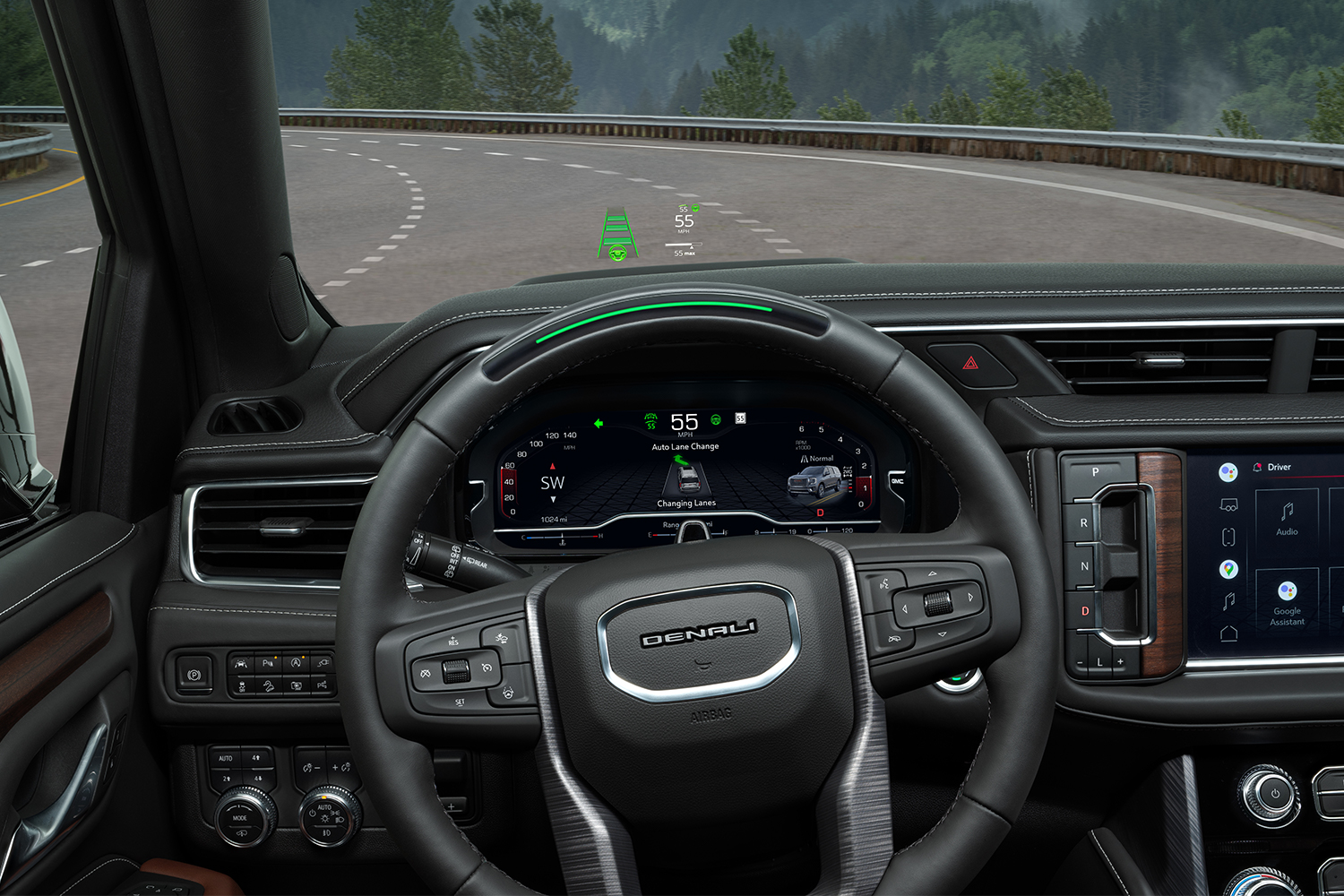
GM Super Cruise Automatic Lane Change
GM’s Super Cruise feature — a Level 2 automated-driving system that allows for monitored hands-free driving — was already one of the best electronic assists on the market thanks to its combination of hyper-accurate mapping, GPS locating and cameras, making it one of the rare auto-cruise setups that was rarely flummoxed by real-world driving.
For 2022 its capabilities were expanded to include automatic lane changing. First available on Cadillac models, then expanding to include high-end GMCs, this version of Super Cruise won’t dawdle behind slower traffic but instead check the lane to the left for other automobiles before activating the turn signal, pulling out and passing. It’s a feature that works remarkably well, rendering an already impressive system that much more effective.
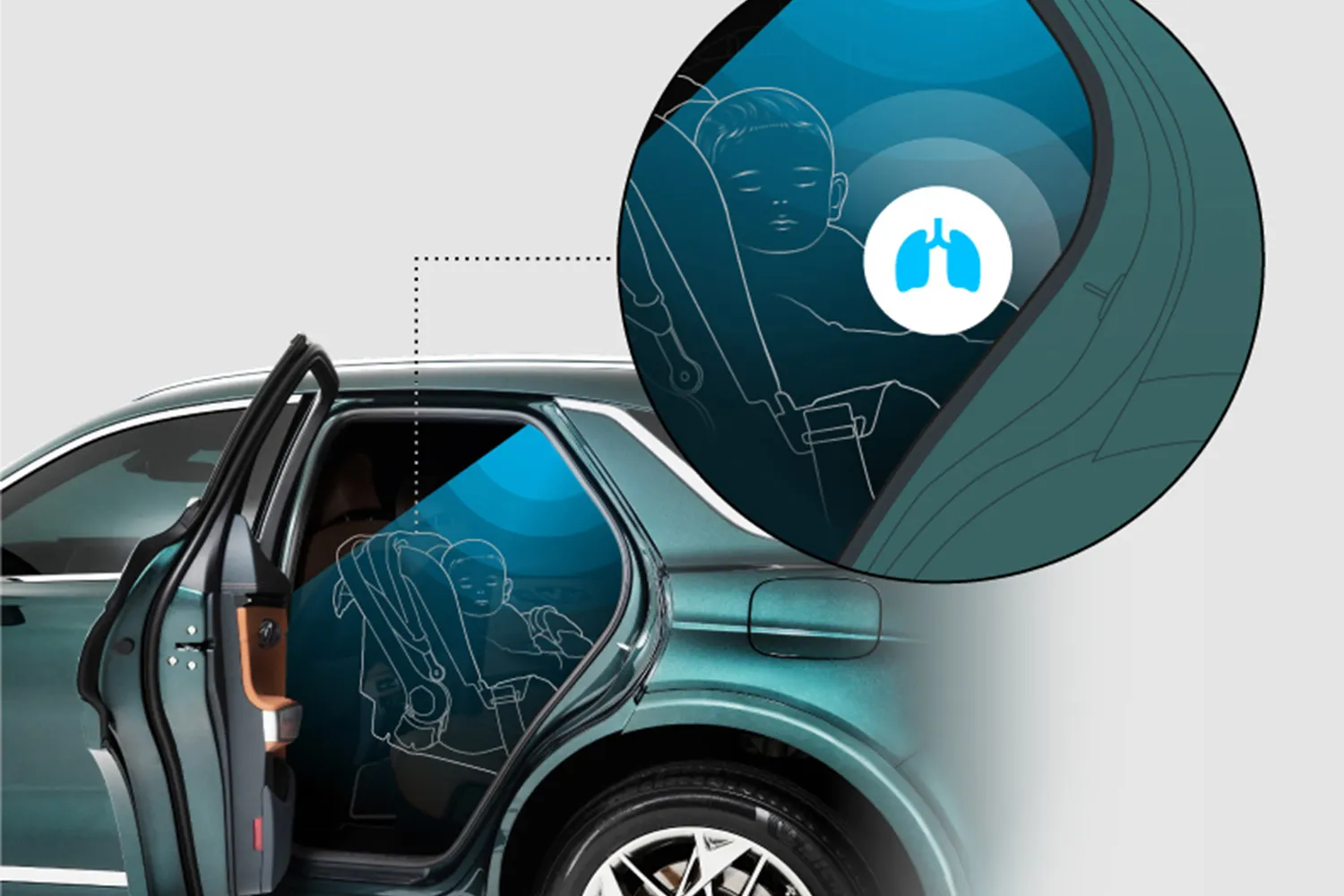
Genesis Back Seat Baby Radar
In this day and age it shouldn’t be necessary to laud a feature that’s designed to prevent drivers from forgetting that there’s a living, breathing creature sitting in the back seat. Sadly, the number of pets and even human beings who’ve been injured or killed after being left behind in a boiling hot or freezing cold parking lot indicates that we’ve yet to evolve to that point.
Back-seat reminders have long been available. Companies like GM typically popped up a notice on the dash linked to the rear doors having been opened for that driving cycle. Kia and Hyundai relied on an ultrasonic sensor to detect movement and flash the lights and honk the horn should something scurry across the bench.
Hyundai’s luxury division, Genesis, takes things a step further by replacing its ultrasonic setup with a radar system that is sensitive enough to detect the up-and-down chest movements of a sleeping baby. Now kids and pets don’t have to get rowdy in order to save themselves from suffocation, heatstroke or hypothermia, making it a worthwhile addition to the litany of parental assists modern life affords.
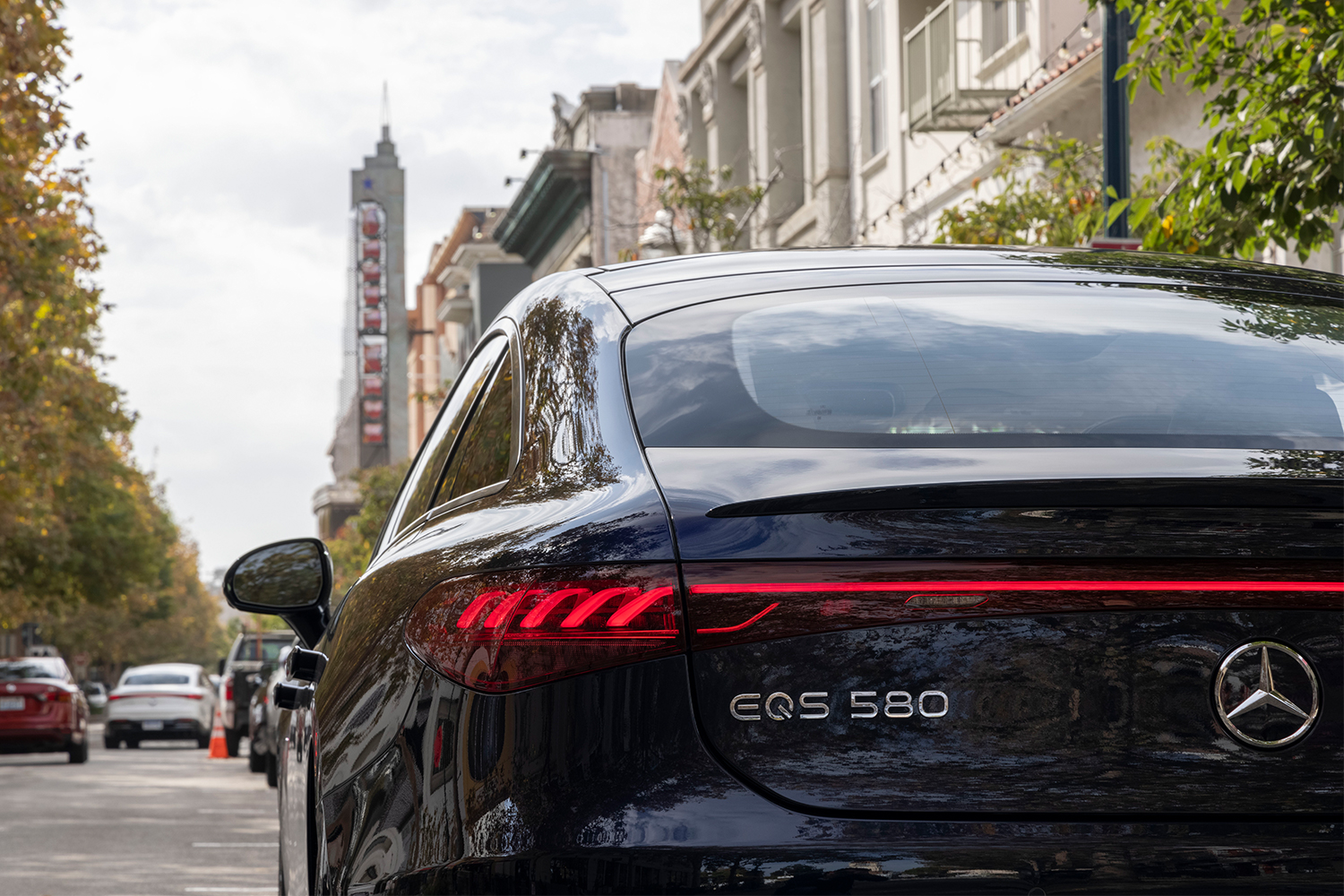
Exit Warning Assistance
I happen to live on a street that has a reserved lane for cyclists painted on either side. Since parking is wedged between the sidewalk and the bike lane, I’ve trained myself over the years to automatically check the mirror before opening my door so that I don’t accidentally send a speeding rider to the hospital through sheer carelessness.
Not everyone benefits from this same level of quotidian behavior reinforcement, however, which is why a number of car companies are repurposing the blind-spot monitoring systems on their vehicles to function as a second set of eyes while parked. Hyundai, Mercedes-Benz and a growing number of other manufacturers will sound the alarm if it looks like you’re about to open a car door into oncoming traffic, be it two-wheeled or four-wheeled in nature. For those who only occasionally interact with cyclists and narrow urban streets, it’s a worthwhile and potentially life-saving feature.
The 10 Best Cars, Trucks and SUVs I Drove in 2022
Including five electric vehicles, a droolworthy sedan and the best pure sports car you can buy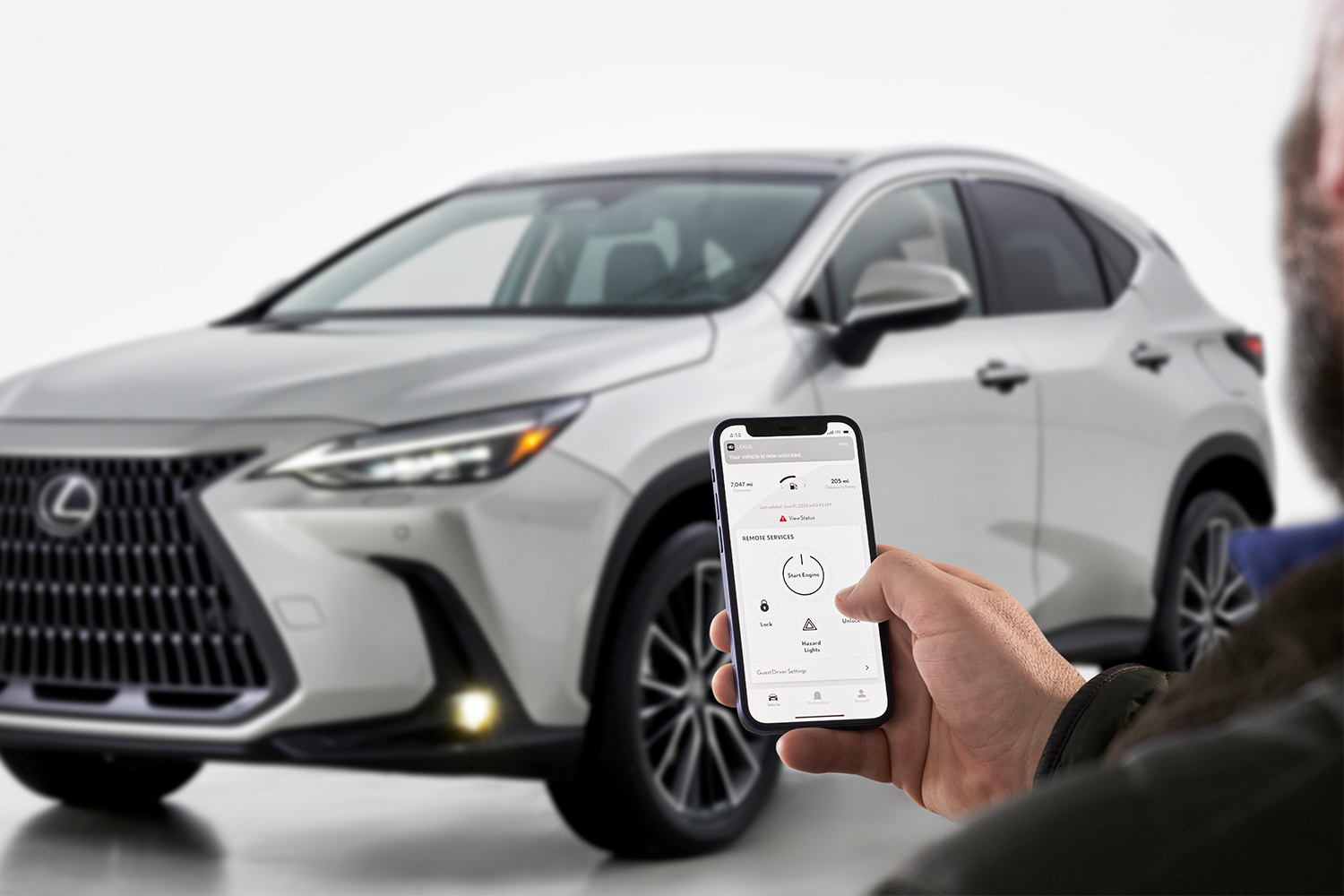
Sharing Car Keys With Your Smartphone
Using a smartphone as a key has become increasingly popular as a bonus feature for car companies striving to stand out from the rest of the pack. Personally, I’m not sold on the idea of leaving my fob at home in favor of being at the mercy of a mobile device’s battery life. That being said, there is one aspect of the phone-as-key concept that I find particularly innovative, and that’s shareable digital-key technology.
Specifically, Hyundai allows you to assign up to four digital keys to other people, giving them the ability to open and start the car with their phone even if you’re not physically present. Toyota takes this a step further by allowing keys to be shared within specific time limits to provide more limited auto access.
This is ideal if a spouse or driving-age child loses the car keys while they’re far from home, or if anyone needs access to the vehicle when it’s parked in a third location and you don’t happen to be around. Transferability is the most convincing argument I’ve seen for digital key technology to date, and as of 2022 the feature has rolled out across a wider range of automakers.
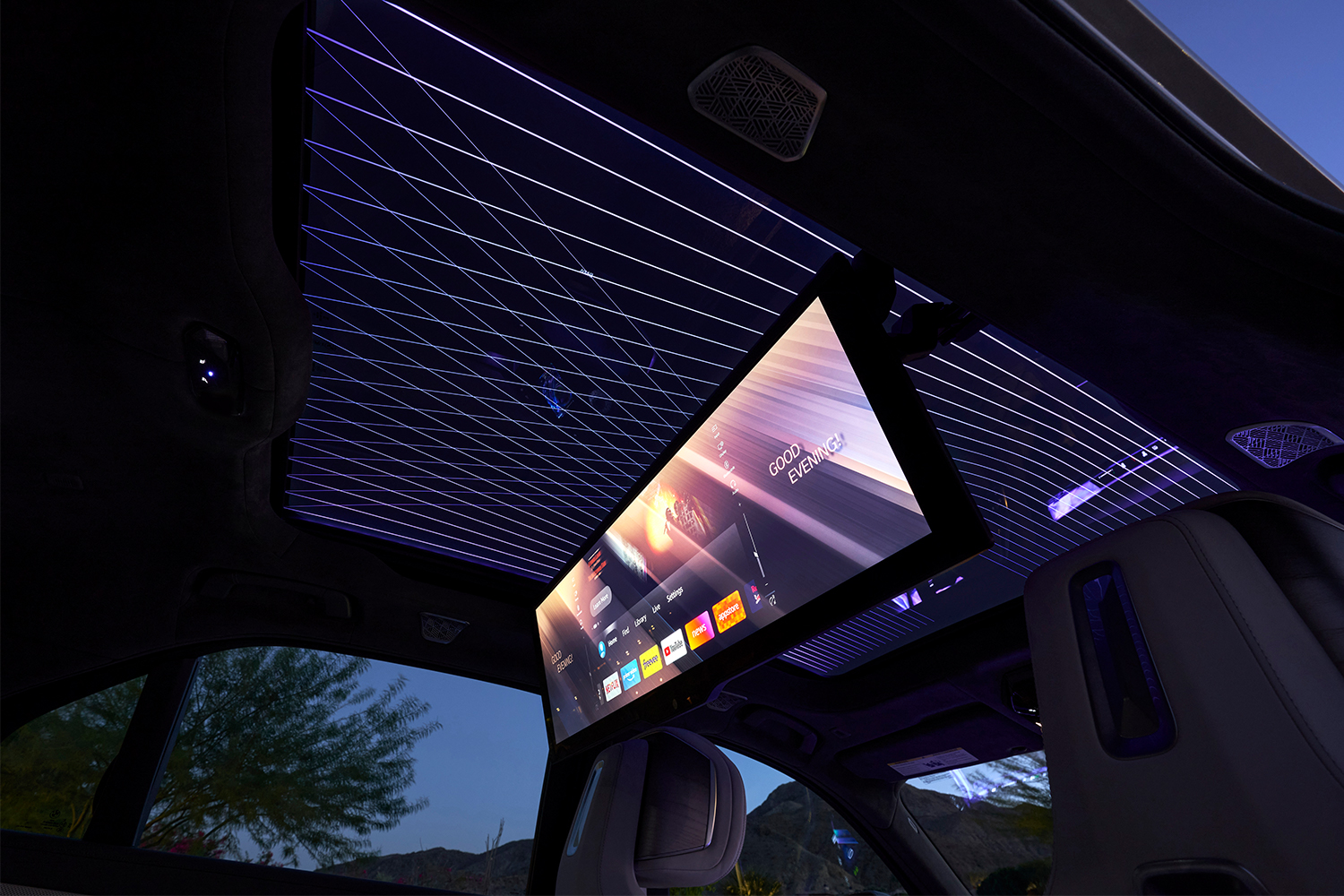
Distractions When You’re Stuck at a Slow Charger
Electric car charging infrastructure continues to suck, with broken chargers, slow charge rates and inconvenient charger locations all regular pain points of the still-growing network. Perhaps in recognition of this fact are a litany of new car features that appear to be in direct response to dealing with the boredom of being stuck at a plug that’s just barely trickling electrons into the battery.
BMW’s new i7 flagship EV sedan brings with it a back-seat movie theater in the form of a 31.3-inch panoramic screen that folds from the roof and aims to keep you entertained for as long as you’re waiting for that magic 80% charged message. The Hyundai Ioniq 5 includes a Barcalounger-like recline for the driver’s seat that’s perfect for catching a nap at the charging station, while the Mercedes-Benz EQS sedan and SUV each feature a 12.3-inch screen that will let passengers watch video on the dashboard directly in front of them to help while away hours while a vehicle languishes at Level 0 speeds.
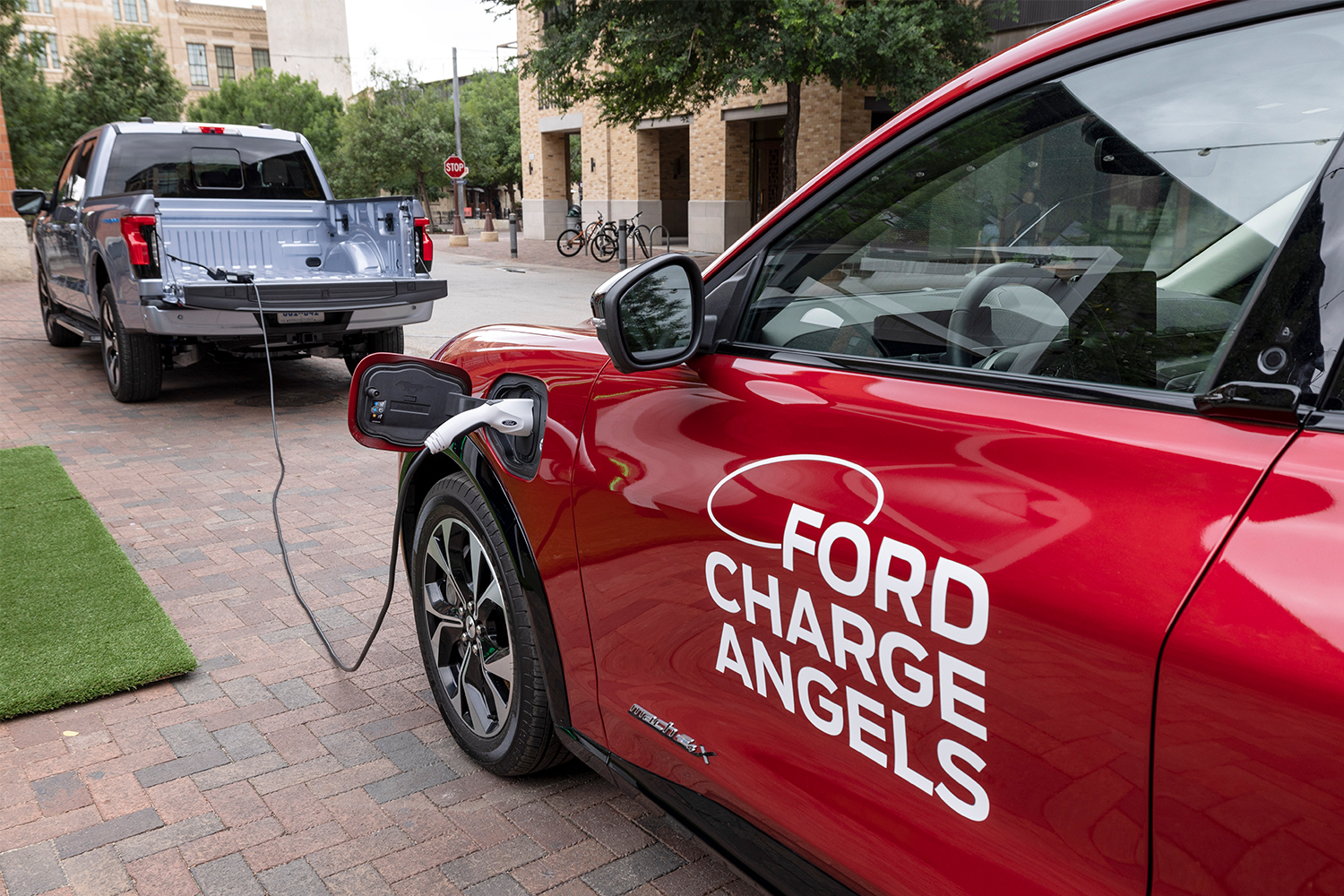
EVs That Can Power Your House or Charge Another EV
The Ford F-150 Lightning’s enormous battery is good for more than just towing and hauling. When the lights go out on the grid, it can also automatically send electricity back into your home’s electrical system through the brand’s Charge Station Pro home charger, which is standard equipment for anyone buying the extended-range version of the full-size pickup. This allows you to run appliances, entertainment systems, and even heating and cooling for limited amounts of time (depending on how topped-up the truck was before the blackout).
Hyundai and Kia are also in on the EV-as-everything-battery concept with the Ioniq 5 and the EV6, respectively. These two models can’t directly plug into your house’s main electrical system, but you can run an extension cable that feeds from their power packs rather than their 12-volt system. You can even make use of up to 3.6 kW of juice to charge another electric vehicle that’s down on its luck. Both automakers are currently experimenting with vehicle-to-grid charging like the Lightning in the Korean market, so it’s entirely possible that future updates will bring that feature to existing EVs in America.
In plug-in hybrid land, the new Mitsubishi Outlander PHEV also allows for limited vehicle-to-load charging, similar to what the Ioniq 5 and EV6 have to offer. Once its smaller battery is depleted, it can keep the power flowing by using its gas engine as a generator.
This article was featured in the InsideHook newsletter. Sign up now.
